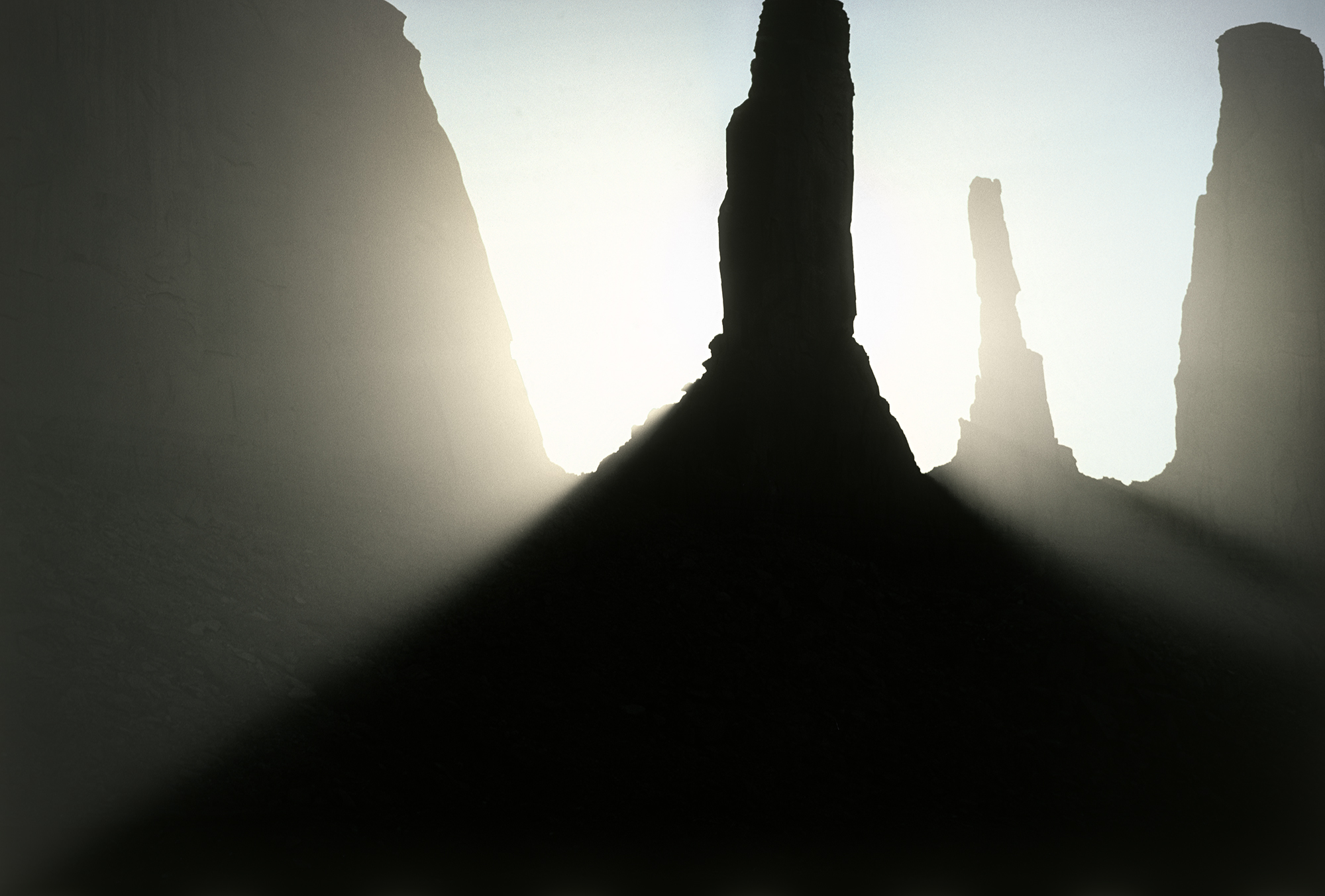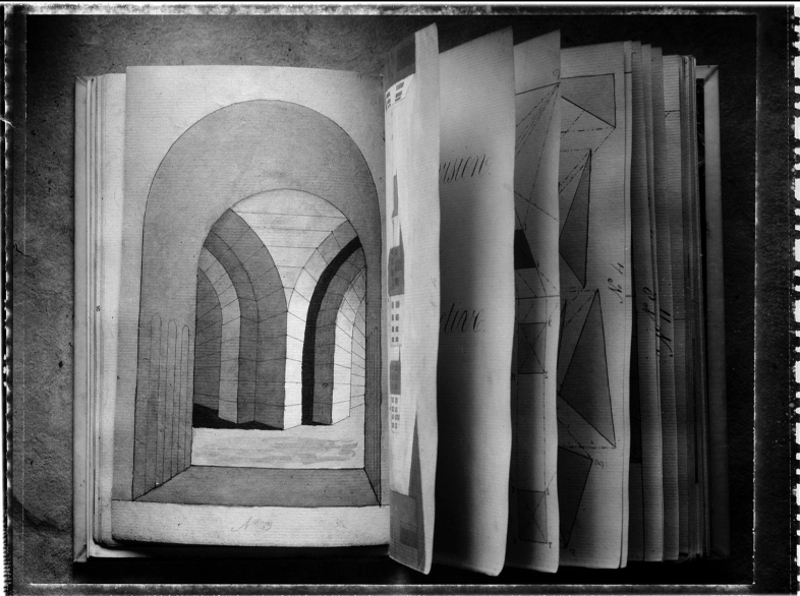
Seeing is forgetting the name of the thing one sees.
– Paul Válery
Creativity is not something we do so much as something we are.
This radical workshop-in-a-book takes photographers right back to their experience of creativity when they were stunned by a photograph they took. This unusual approach to creativity and photography comes from more than 30 years of work and innovation by the author, well-known photographer and pioneering teacher Sean Kernan. It presents a way of working that moves far past technique to focus on seeing and presence, to working with what happens up to the click.
The book lays out a program of exercises that take readers to a direct experience of their own creativity. They reawaken the kinds of awareness that children use to discover themselves and the world. They lead to deeper seeing ... and to photographs that are awake and alive. The practice that the book lays out is for photographers of every level, and it has been particularly useful to professionals, reminding them why they went into photography in the first place.
The exercises come from many areas besides photography—music, theater, writing. They require no prior experience. Anyone can use them to understand and invigorate their inborn creativity, and to make better photos, or just to be more present in the events of their own lives. The book is illustrated with works by the author, a number of students, and a disparate group that includes John Paul Caponigro, Greg Heisler, Paul Cezanne, Joshua Reynolds, Sol LeWitt, William Kentridge, Dennis Darling and Cig Harvey.
This book is about waking up. And seeing. Not just pictures. Seeing what is all around us and what’s inside us, and letting it all show fully in our photographs. It is about letting our minds be quiet and spacious, moving out beyond what we think and then making work from there. It is a basis for a creative practice in photography—or anything else.
I looked for this book for years but was unable to find it. So I’ve had to write it.
Creativity is much more than rearranging things you know, it’s how you came to know them. It’s a way to secure and enlarge an understanding of what you see. When you face something you think you can’t possibly do, and then go ahead and do it anyway, creativity is the tool you use. It is how you can get far beyond the self that you have constructed at all ages as you’ve practiced being you.
No one has to teach you how to use your creativity. It was intact and functioning when you were born, and you started using it as you lay in your cradle, wiggled your toes and wondered about it. It got you from helpless and empty to where you are today, an upright, walking, speaking and thinking human being.
This is a very far-reaching statement, I know, and I will clarify it as we go along, but a thing to realize is this: you’re not done with growing and becoming yet. You never will be.
Creativity is what lets me make my very best photographs, the ones that surprised me, that drew me on to make more. It does exactly the same thing for writers, musicians, scientists, entrepreneurs, and everyone who produces work that somehow seems to emerge from them larger than they think they are.
The book uses photography as the main vehicle for exploring this phenomenon, but the exercises and insights in it work in other areas of art–and life–not just picture-taking. They develop awareness and seeing, whether you use a camera, a brush or pen, a computer or toe shoes to capture and express your experience. No matter what medium you work in, you can use the exercises in this book to wake yourself up and be a better artist, or scientist or anything else.
For now, though, let’s talk about photography, which is what I know most securely.
Sometimes I call the workshops I teach Setting the Photographer Aside. Here’s why: when most of us photographers see something exciting, just at the moment that we should be opening to it, we put a machine in front of our faces. At that moment the camera, and photography itself, can get in the way, and we are no longer apprehending what lies outside the frame, or listening, or feeling the air. We give up a full sense of the space we’re in and we ignore atmospheres, resonance, and things that could yet happen–all the stuff of poetry. We stop it time’s flow, as opposed to slipping into it.
It is fullness that makes our good photography good, but too often we cut off our wider awareness. We don’t have to, and we can stay in wide awareness by practicing. The proof that creativity operates beyond our consciousness is that very occasionally we find an image we’ve made that is transcendent. It is as though a tall man in a black cape had slipped up to us when we were making photos and said, “Excuse me, may I borrow your camera? (Click.) Thank you,” and handed it back. And when we look later, we find an image that goes beyond anything we thought we could ever make. Yet we did.
“Well…it’s an accident,” we say. At least, we do in the beginning. And we hope for another.
But what if it was not an accident? And what if we didn’t wait and hope for whatever it was but went out looking for it?
Well, we can…not merely to find photographs, but to get to that state of wider awareness in which our vision extends everywhere.
Here’s a way to think about unencumbered vision. Imagine a function room in a hotel ballroom where a political candidate will speak in an hour. And imagine a photographer walking into it, saying to himself, “Where are the photographs going to happen here?” He sees one version of the room.
Good, now imagine a Secret Service agent walking into the same room. He looks around and asks, “Where could someone sneak in here? Where could someone hide, how could he escape?” He sees quite a different room.
Both photographer and Secret Service agent are full of intention.
They are there to see what they are looking for.
Now imagine a two-year-old child wandering in. No intention, nothing at all to get done. He looks around, but not for anything. There’s a kind of spaciousness in his mind that lets him take in the sounds and smells, other people, everything. He is not naming things, not analyzing, not seeking meaning. He is just…seeing. The whole room.
And that’s the seeing we’re after.
The tasks and assignments that this book sets out are designed to take you back to that childlike state, one in which you could come home sated by a long summer afternoon bike ride and, when your mother asked you what you’d been doing, you’d look her in the eye and answer, “Nothing.”
And you weren’t evading That ride was not about what you’d done but the state that you were in.
That’s the state we are going to look for again.
How might we get to it? Through a few ideas, some provocative exercises, and practice, the very format of this book.
We’ll start with the ideas, so we can clarify what underlies the active heart of this book, and also to give the process some intellectual respectability for the part of us that wants that affirmation.
Then we’ll try out an unusual set of exercises I have gathered over the past thirty years. They are surprisingly simple, and surprising in their outcomes. Some of them are photographic, others are something like kinetic Zen koans. And they all begin with doing things that you already know how to do.
The exercises work to take you to awareness in ways that explanations don’t. If you try to describe sweetness it is nearly impossible, but if you give someone a dab of honey, you don’t need words.
There is some tendency with a book like this to read it, think How true…and stop at that. I know because I’ve done it, and I know it has value. But nothing changes us more than doing.
So, best to try them and see what happens in your mind and your results. If the results surprise you, that’s a good sign that something happened.
Over time you’ll do these things all again many times, because they are all natural steps in creating, although things will likely come out differently in each instance.
Creativity is stochastic, not linear. I have marshaled the exercises into a line, with each building on the ones before, but in the end the line turns out to be more like a rising spiral, and at any point you can jump ahead or else return to those exercises that you think were most productive, or that most surprised you…or scared you.
This is not a book about a personal philosophy. It is not my construct of What Things Mean. It is just some tools you can use to provoke experiences, and from them you can draw conclusions of your own. Overall, they should certainly help get you someplace new in your work and your thinking.
At any point in the working process you might start to take livelier pictures, but these will be like footprints. It’s quite possible that the doing may be more exciting to you than the photographs. Still, photographs will be what others see of your journey, and may even send them on journeys of their own.
The exercises in this book work by getting you out past your habitual self, provoking new and wider awareness, and giving you a concrete experience of the creative state.
Once you’re in that state, that’s when you begin to make work that is truly alive and truly your own.

